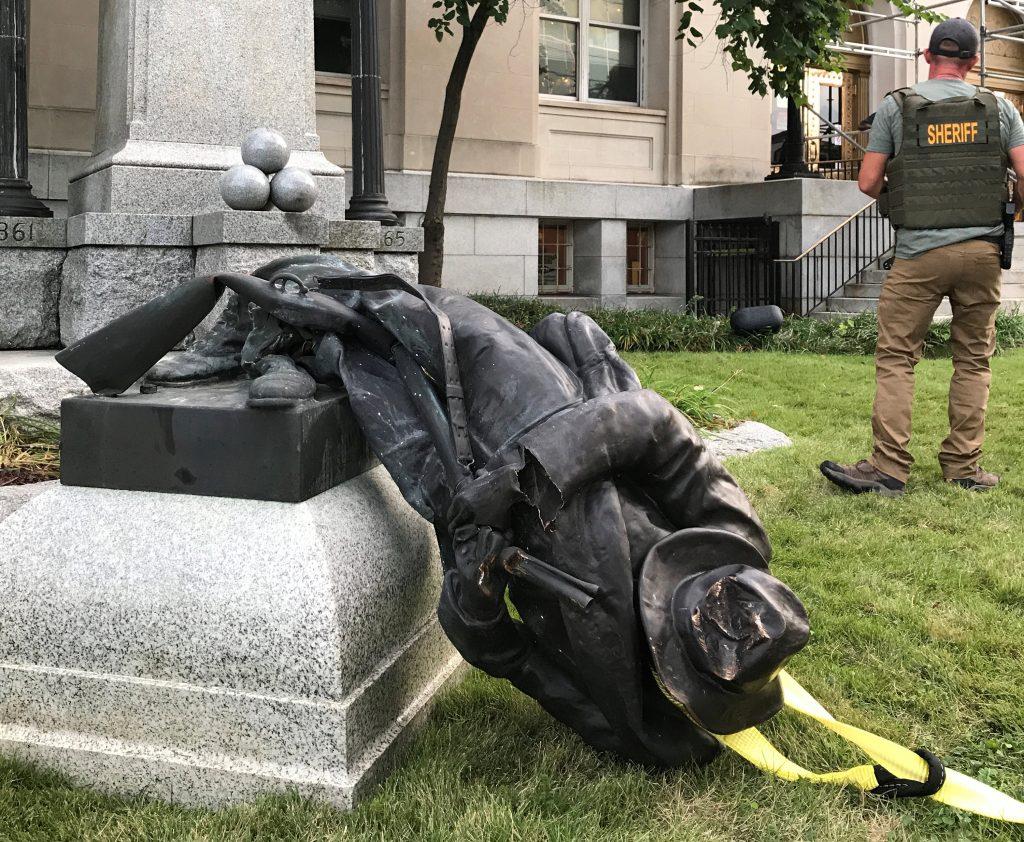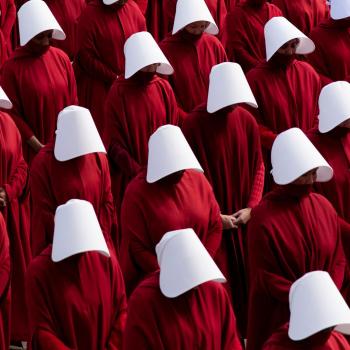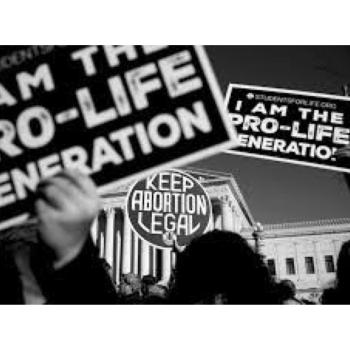
The issue on the surface of the terrible events in Charlottesville, Virginia is nothing new. The question of whether or not to take down Confederate monuments has been causing hot debate for long time. I wrote about this the last time it flared up, in New Orleans. This is a re-post of that article, which looks at the many complex layers of perspectives surrounding the seemingly simple question, should we take down Confederate monuments.
Recently, New Orleans has been in the news for the controversial efforts, led by Mayor Mitch Landrieu, to remove monuments to Confederate leaders found around the city. Several long standing memorials and statues have been taken down. This past week, the last one came down, a monument to Robert E. Lee which proudly towered more than 100 feet into the Cajun skies. With each of the removals, there were protests from both extremes, those who were adamantly against the removal and those who were enthusiastically supportive of the decision. Those who are up in arms about the policy raise some interesting and, perhaps, valid arguments, as do those who have been waiting a lifetime to see these icons come down.
This controversy hits us all at some emotional level.
As one with deep running southern roots, I have long struggled with this topic. I wrote about my process of coming to grips with the specter of slavery within my own family tree in an article found here. (I also wrote on the topic of the Confederate Flag here.) When Southerners speak of preserving their heritage, I can relate to that. But I also feel the unmistakable sting of shame when I consider the other perspective of erecting monuments to men who fought and died to protect the right to own human beings. There are complex and conflicting emotions at play within me and, I’m sure, millions of other Americans.
I guess, when all is said and done, I am not sorry to see the monuments come down from their prominent public locations. In that respect, my empathetic human emotions ultimately win out. However, there are other perspectives to consider in this debate.
We must realize that when we take down one monument, all others become suspect.
Taking down a monument to Robert E. Lee may seem like a logical thing to do. He owned slaves. He made the choice to fight against the Union and lost. But before we write off the decision to remove his monument as a no brainer, we had better ask some difficult questions about some other much more famous and revered monuments that nobody, it would seem, is demanding to be taken down. There is a 555 foot tall obelisk in the center of our National Mall in the nation’s capital that everyone instantly recognizes as the Washington Monument. George Washington, father of our country, owned over 300 slaves. Not far away from the Washington Monument is a beautiful spot on the Tidal Basin where the impressive Jefferson Memorial is nestled. The man immortalized therein wrote the words that became the creed of our nation;
We hold these truths to be self-evident, that all men are created equal, that they are endowed by their creator with certain unalienable rights, that among these are life, liberty, and the pursuit of happiness.
Thomas Jefferson, author of those words, our third president, and the man honored by that awe-inspiring monument on the Tidal Basin, owned more than 600 slaves. (Read more on Jefferson and his slaves in articles I wrote here and here.)
In fact, of the 55 men who signed the Declaration of Independence–all of whom have at least some sort of honorary statue or memorial–41 owned slaves.
There is no great clamoring to tear down the Washington Monument or the Jefferson Memorial. What, then, is the difference between them and Robert E. Lee? Is it just that Lee chose the wrong side in the war? If that is the case, then is it racism that we are protesting or treason? Something to think about.
What are our options short of tearing down these monuments?
One thing that we have done a better job with in more recent years is dealing with the issue of our revered founders’ troubling association with slavery head on in the bright light of day. We now examine our nation’s heroes warts and all. That’s a very good thing because the other option is unrealistic idol worship. For instance, when you visit Monticello, Jefferson’s home, you can learn as much as you want about his slaves. Slavery has become a focal point when studying Jefferson and that is also the case at his own home. Everywhere you look at Monticello, you are confronted with his relationship with slavery and, indeed, his relationship with his slaves, human beings–people with a story to tell, each and every one. I just visited George Washington’s home, Mt. Vernon, and the same is true there. Slavery is front and center in a new exhibit at the visitor center there.
Slaves are now being researched as much as their famed masters. We know many of their names and what they did each day. When we go to the trouble to put a name and a face to the people owned by the people we commemorate with grand monuments, we take a great step in the right direction. We are beginning to humanize the formally dehumanized.
It also helps us understand that many of our founders, including Washington and Jefferson, were personally convicted by their own relationship with slavery. In many cases we find that our founders didn’t like slavery but got caught up in it through circumstances of their birth and station in life.
As an example, I learned on my recent visit to Mt. Vernon that at least some of the reasons Washington didn’t free many slaves were seated more in benevolence than selfishness. It seems George had too many slaves to make financial sense. He wrote that he would be able to double his profits if he could cut the amount of slaves he owned in half, but he kept them for reasons that may surprise you. For one, he was very much morally against dealing directly with trading in human beings on the open market, so he didn’t want to do so. Also, most of his slaves were parts of familial units and he refused to split up families, so he kept a great deal more slaves than he needed and took the financial loss.
The more one digs into the American slavery story, the more muddied and complex it gets.
So, what if letting these monuments to Confederates stand would offer a chance to educate about and empathize with their forgotten human property? What if, instead of removing the reminders of the losing side of the war to end slavery, we added to them monuments and information to help put names, faces, and stories with their slaves?
To humanize the formally dehumanized seems worthy of a memorial to me. Also, if we did that and people still complained, there would be no mistaking the message they were sending in their complaints.
Exposing that wouldn’t be a bad thing either.












